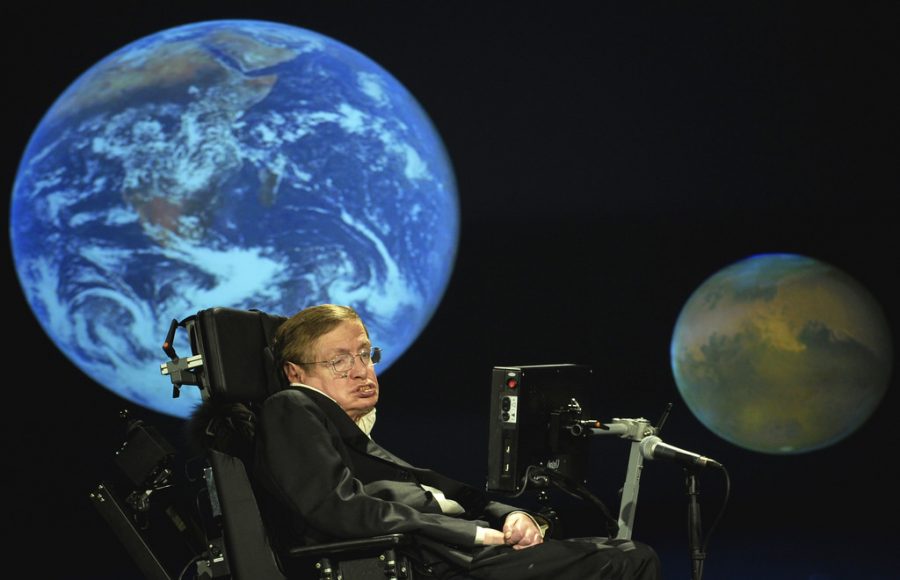There may be innumerable moral and philosophical reasons why we should read certain books, hear certain symphonies, see certain paintings…. Those reasons are mostly intangible, which makes them nobler, I suppose, than the reasons we should buy a luxury car or vacation home. Nevertheless, the salesmanship of high culture can sometimes feel of a piece, making subtle, or not so subtle, appeals to safety, status, and investment value. What of pure enjoyment? The immersion in a work of art because it simply feels good? To allow for pleasure alone to guide our aesthetic tastes, some might feel, would be amoral; would cheapen culture and elevate some supposedly vulgar products to the status of high art. Can’t have that.
Of course, how much high art was once considered a hazard to good taste and public morality? Modernism puffs out its chest with pride for having fostered many creative works that shocked and titillated their first mass audiences. James Joyce’s Ulysses ranks quite highly upon that list. The novel’s initial reputation as highbrow smut seems at odds with Sam Slote’s characterization of it in the TED-Ed video above as “both a literary masterpiece and one of the hardest works of literature to read.” But it can be all those things and more. Inside the dense experimental epic is a charmingly detailed travelogue of Dublin, a theological treatise on heresy, a series of Freudian jokes with the kinds of sophomoric punchlines “stately, plump Buck Mulligan” would appreciate….
Not for nothing has Joyce inspired a cult following, if not something of a downright cult, whose members gather all over the world on June 16th for “Bloomsday”—the single day on which the novel takes place, and on which Joyce met his lifelong partner Nora Barnacle in 1904. Dressed in period costume, Joyce fans read the novel aloud, and hundreds make the pilgrimage to Dublin to follow the perambulations of protagonists Leopold Bloom and Stephen Dedalus. “What is it,” asks Slote, an Associate Professor at Trinity College Dublin’s School of English, “about this famously difficult novel that inspires so many people?” Professor Slote is no dilettante but an expert who has published six books on Joyce and an annotated edition of Ulysses. He admits “there’s no one simple answer to that question.”
Nevertheless, the answers Slote does provide in the six-minute animated intro to Ulysses relate not to the novel’s moral, social, psychological, or political virtues, but to those qualities that give readers enjoyment. Each chapter is written in a different style,” a play, a “cheesy romance novel,” an imitation of music. Ulysses is a modern parody of Homer’s Odyssey and a virtuoso medley of technical performances, including a chapter which “reproduces the evolution of English literary prose style, from its beginnings in Anglo Saxon right up to the 20th century.” The final chapter, Molly Bloom’s stream-of-consciousness soliloquy, is a tour-de-force, capping off the “narrative gymnastic routines.” The shifting styles are augmented by “some of the most imaginative uses of language you’ll find anywhere.”
As for the novel’s frequent passages of “impenetrable” density? Well, Slote admits that “it’s up to the reader to let their eyes skim over them or grab a shovel and dig in.” In the remaining few minutes, he may have you convinced that the pleasure is worth the effort.
Related Content:
James Joyce: An Animated Introduction to His Life and Literary Works
James Joyce Reads From Ulysses and Finnegans Wake In His Only Two Recordings (1924/1929)
Read Joyce’s Ulysses Line by Line, for the Next 22 Years, with Frank Delaney’s Podcast
Josh Jones is a writer and musician based in Durham, NC. Follow him at @jdmagness


